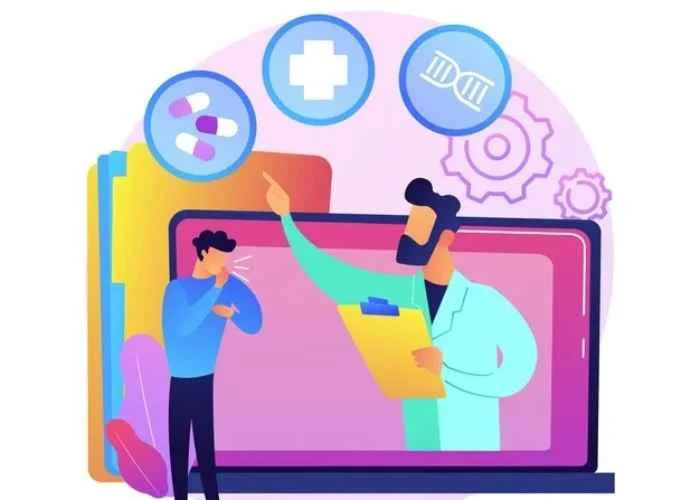Revolutionizing Healthcare with OCR : Streamlining Medical Processes through Optical Character Recognition

In today's rapidly evolving world, technology continues to reshape various industries, and healthcare is no exception. One such technological advancement making significant waves in the healthcare sector is Optical Character Recognition (OCR). This groundbreaking technology is revolutionizing healthcare by streamlining medical processes, enhancing efficiency, and ultimately improving patient care. In this blog, we will delve into the world of OCR and explore how it is transforming healthcare as we know it. From simplifying administrative tasks to enhancing clinical workflows, OCR is proving to be a game-changer in the medical field.
Understanding OCR: A Brief Overview
Optical Character Recognition, commonly referred to as OCR, is a technology that converts printed or handwritten text into machine-readable text. It does this by analyzing images of text and translating them into a format that computers can understand. OCR has been used in various industries for years, primarily in document management and data entry tasks. However, its application in healthcare is opening up a new realm of possibilities.
Streamlining Administrative Processes
One of the most significant advantages of OCR in healthcare is its ability to streamline administrative processes. In a typical healthcare setting, a vast amount of information is stored in paper documents, from patient records and insurance forms to prescription notes and lab reports. Manually inputting data from these documents into electronic health records (EHR) systems can be time-consuming and error-prone.
OCR technology automates this process by quickly and accurately extracting data from paper documents and populating EHRs with the necessary information. This not only reduces the risk of data entry errors but also frees up valuable time for healthcare professionals to focus on patient care.
Improving Accessibility and Information Sharing
In the fast-paced world of healthcare, quick access to patient information is crucial. OCR helps improve accessibility to medical records by digitizing handwritten notes, scanned documents, and even faxes. This digital transformation enables healthcare providers to access patient information instantly, leading to faster decision-making and better patient outcomes.
Additionally, OCR facilitates seamless information sharing among healthcare facilities. Whether it's transferring patient records between hospitals or sharing diagnostic reports with specialists, OCR ensures that critical data is easily accessible, enhancing collaboration and continuity of care.
Enhancing Clinical Workflows
OCR doesn't stop at administrative tasks; it also has a significant impact on clinical workflows. By converting handwritten notes and prescriptions into digital text, healthcare professionals can search, analyze, and cross-reference data more efficiently. This improves diagnosis accuracy and reduces the risk of medication errors, ultimately enhancing patient safety.
Moreover, OCR technology can assist in automating the processing of medical images, such as X-rays and MRI scans. This enables radiologists and clinicians to review and interpret images with greater ease, leading to faster diagnosis and treatment planning.
Compliance and Security
In the healthcare industry, maintaining compliance with regulations like HIPAA (Health Insurance Portability and Accountability Act) is paramount. OCR technology can assist in ensuring compliance by securely handling sensitive patient data. It provides encryption and access controls to protect patient information, reducing the risk of data breaches and ensuring that healthcare providers meet regulatory requirements.
In conclusion, Optical Character Recognition is revolutionizing healthcare by streamlining medical processes, enhancing efficiency, and improving patient care. Its ability to automate administrative tasks, improve accessibility to medical records, enhance clinical workflows, and ensure compliance makes it an invaluable tool in the modern healthcare landscape. As technology continues to advance, OCR will likely play an increasingly vital role in delivering high-quality healthcare services to patients around the world.
